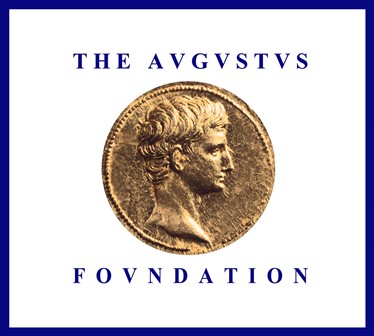
|
 |
- Home
- News
- Team
- Databases
- Conferences
- Oxford Studies on the Roman Economy
- Coin Hoards of the Roman Empire Project
- Affiliated Projects
- Publications
- Bibliographies
- Working Papers
- Links

The archaeology of urban economies in the Roman Empire
04-10-2012 | ||||
This paper will outline the salient characteristics of the economic life of cities in the Roman Empire, as suggested primarily by archaeological evidence, moving beyond the unhelpful debates over whether the ancient city was a consumer or producer city that characterised much research in the late 20th century on the subject, which focused on excessively on the idea that a city and its territory formed a cellular self-sufficient unit. Instead, a new appreciation of the numbers, sizes and populations of Roman cities emphasises that cities must be seen as part of broader trading networks; few Roman cities could be supplied exclusively from their own hinterland, and archaeology suggests that almost none were isolated in this way. Major port cities, by virtue of their role as key nodes in such networks, tend to be larger than many inland cities. While much urban production was organised in small units, surprisingly large production units appear in some towns in the first and second centuries AD, involving several dozens of workers. Several patterns of clustering or dispersal of production units can be identified in different cities, and some sectors (especially textiles) suggest a complex imbrication of the supply chain. Much urban consumption is characterised to a considerable extent by specialised spaces for retail sale – markets and shops (the latter often integrated into the facades of elite housing); while both retail and wholesale occurred in auction-places and large warehouse complexes (horrea). But there was also a whole level of conspicuous consumption on the part of the elite, involving the construction and donation public buildings for the city. This monumental overhead had considerable implications for the scale and organisation of the urban building trade, and generated reciprocal gestures on the part of the town council in the form of statues and dedications to such benefactors. Roman elites were both rural landowners and urban landlords, whose urban property portfolios might include the rental or direct management of workshops, shops, inns and brothels, and residential apartments. |
Webdesign, databasedesign: Miko Flohr, 2010-2024. Content: OXREP, 2005-2024.